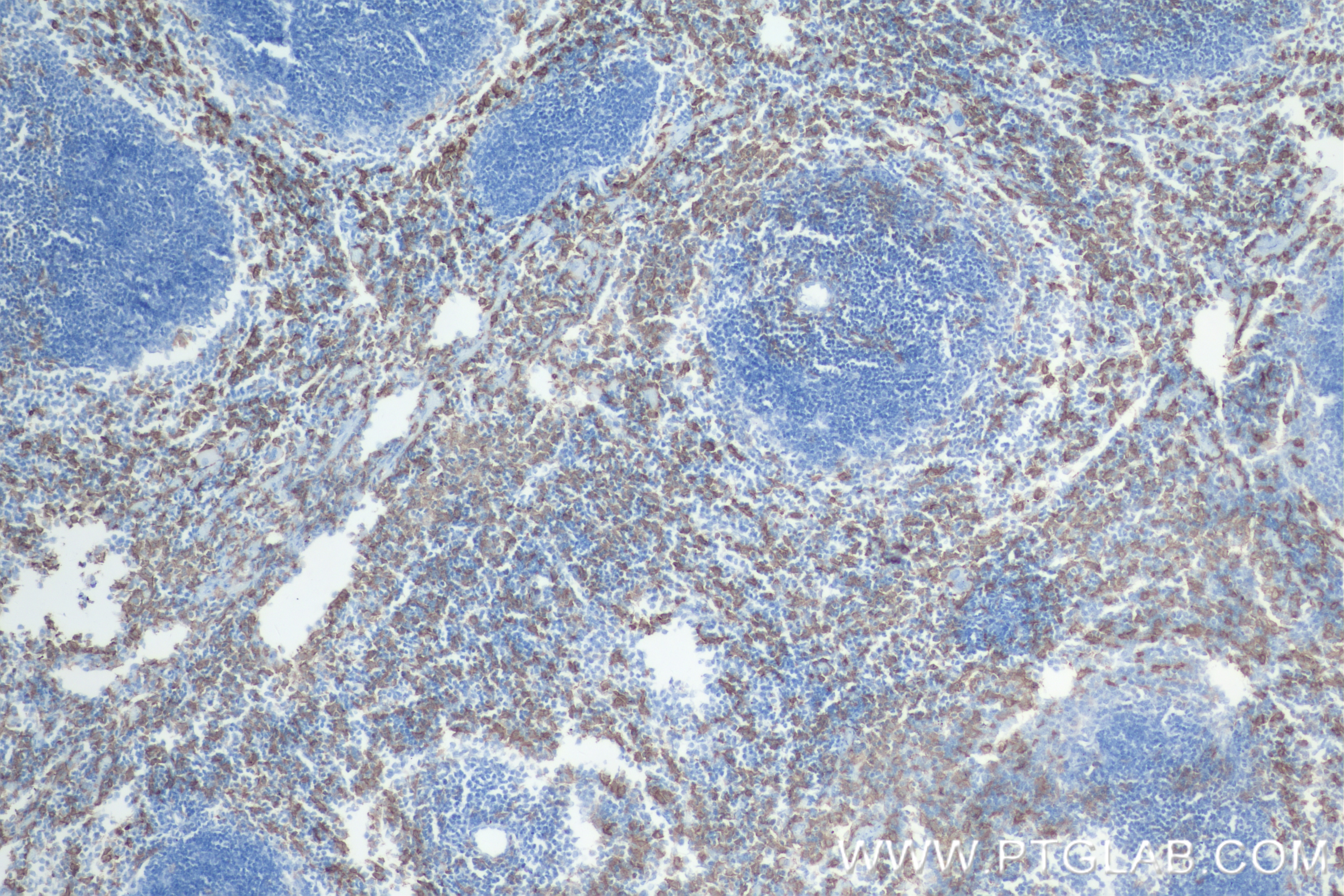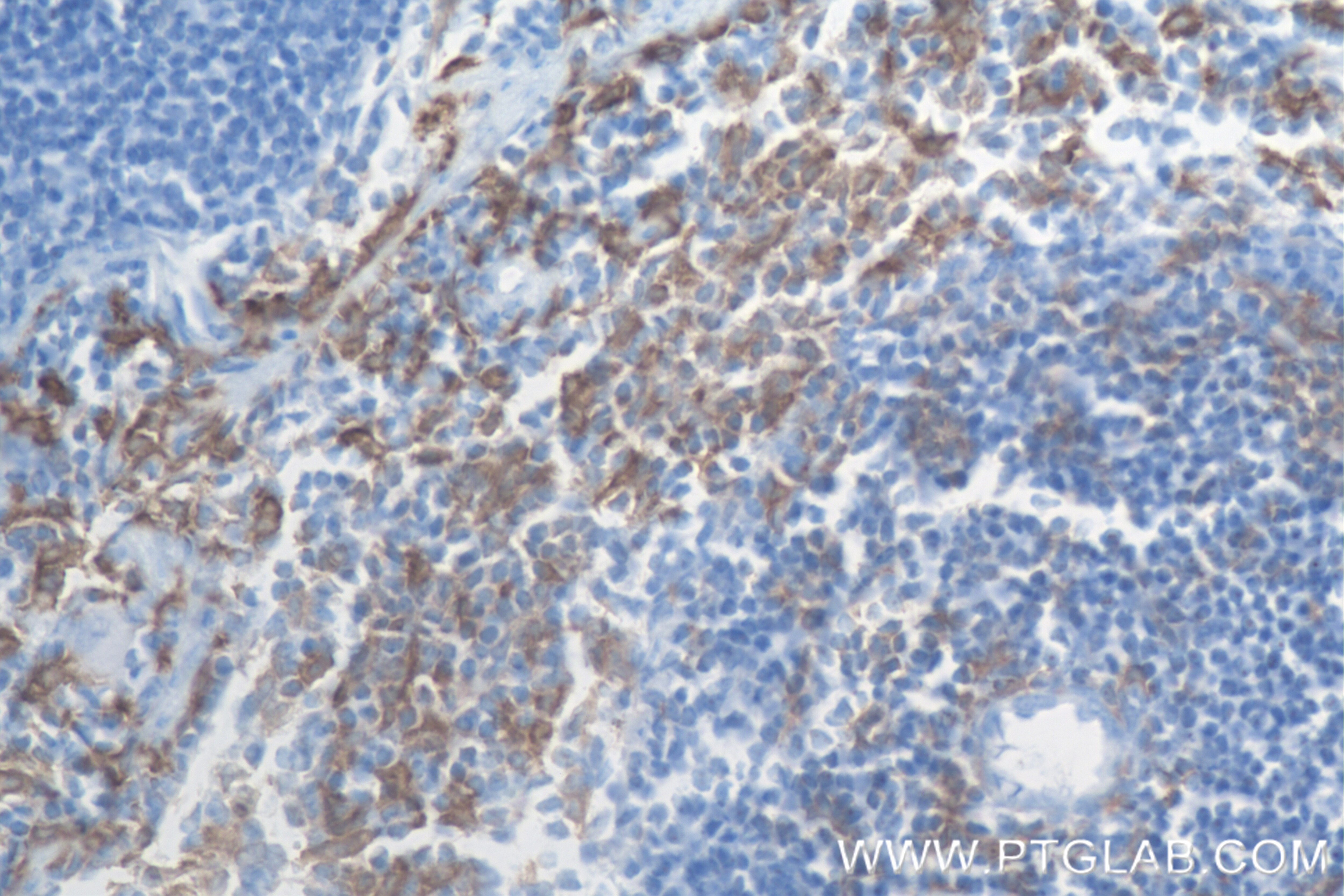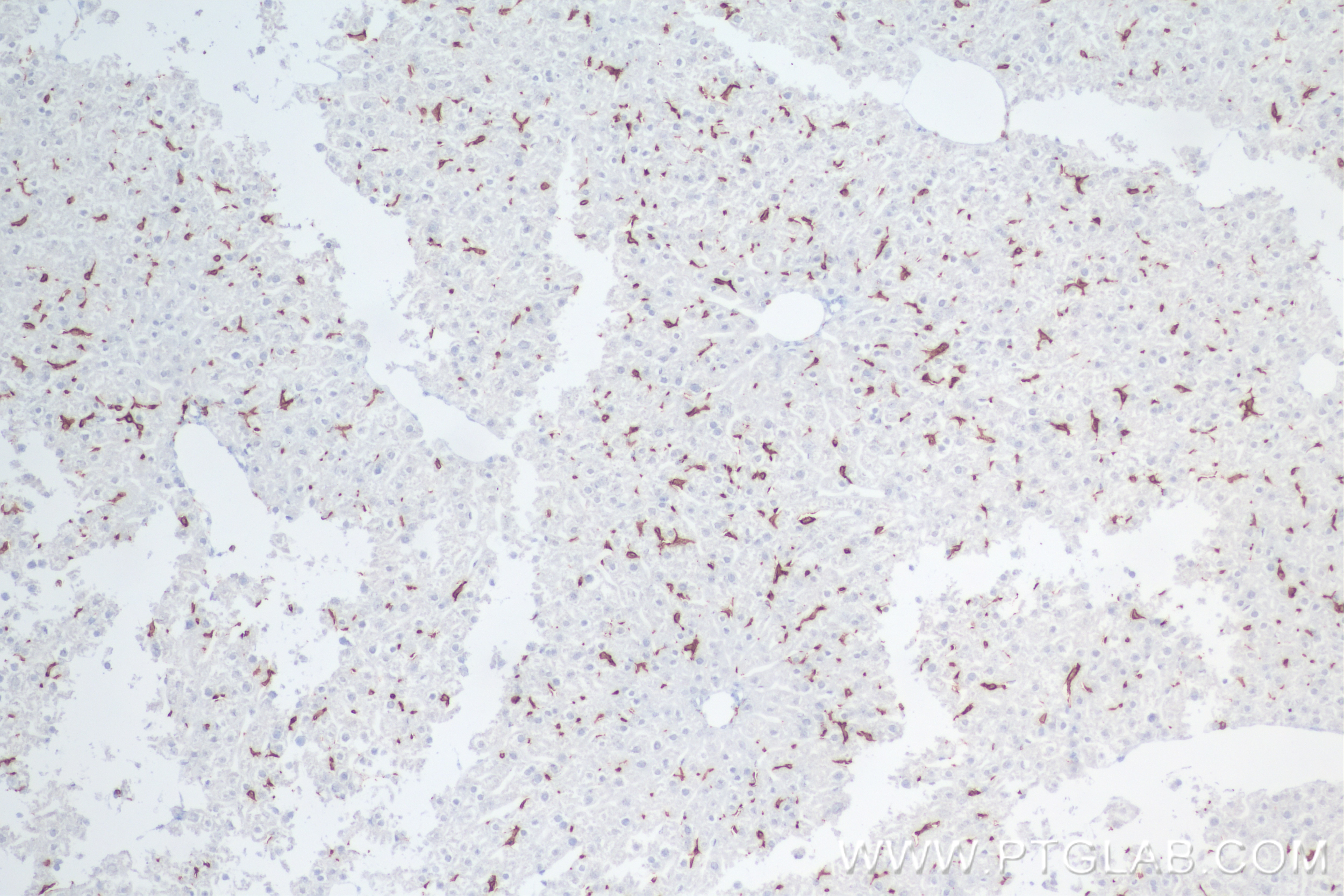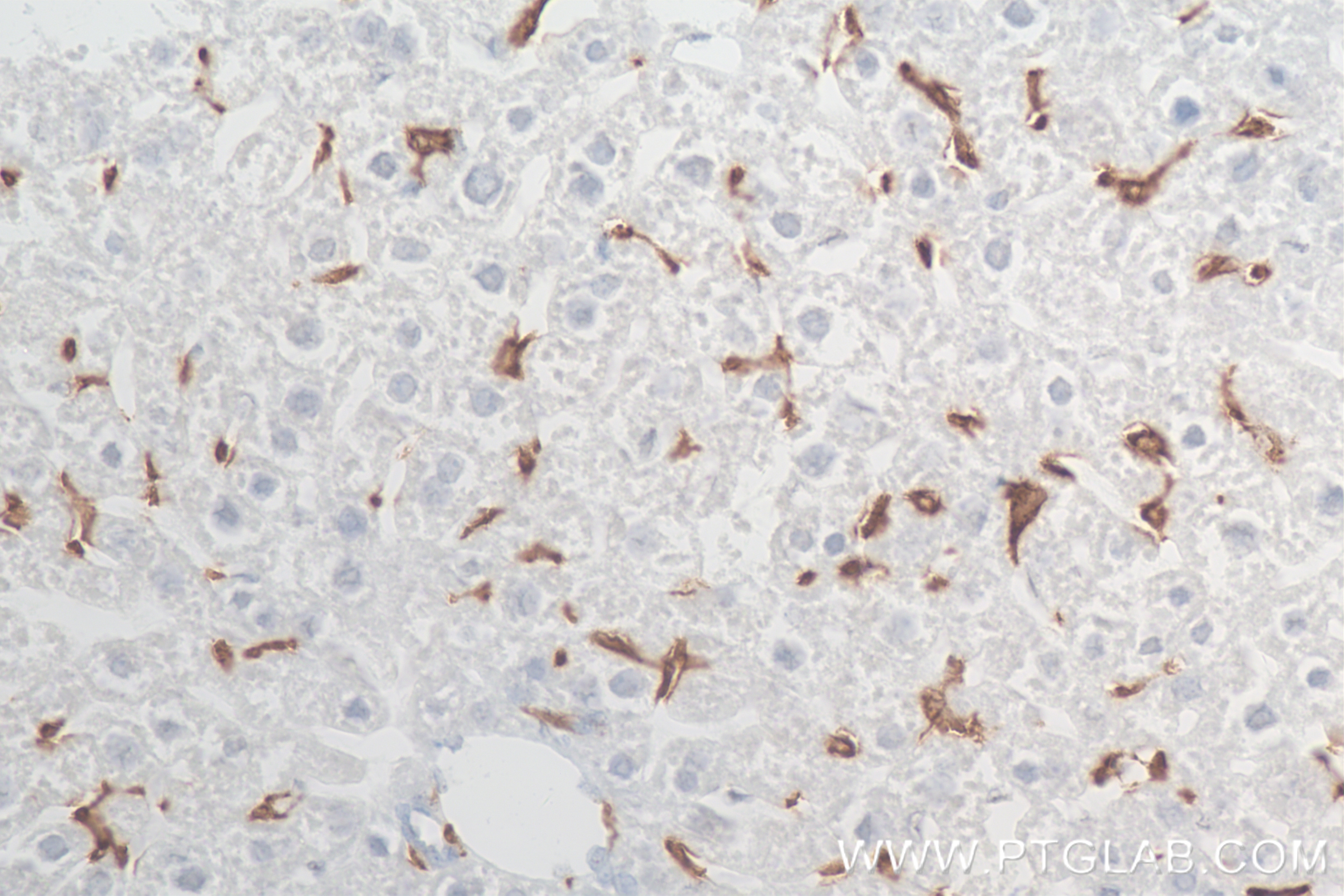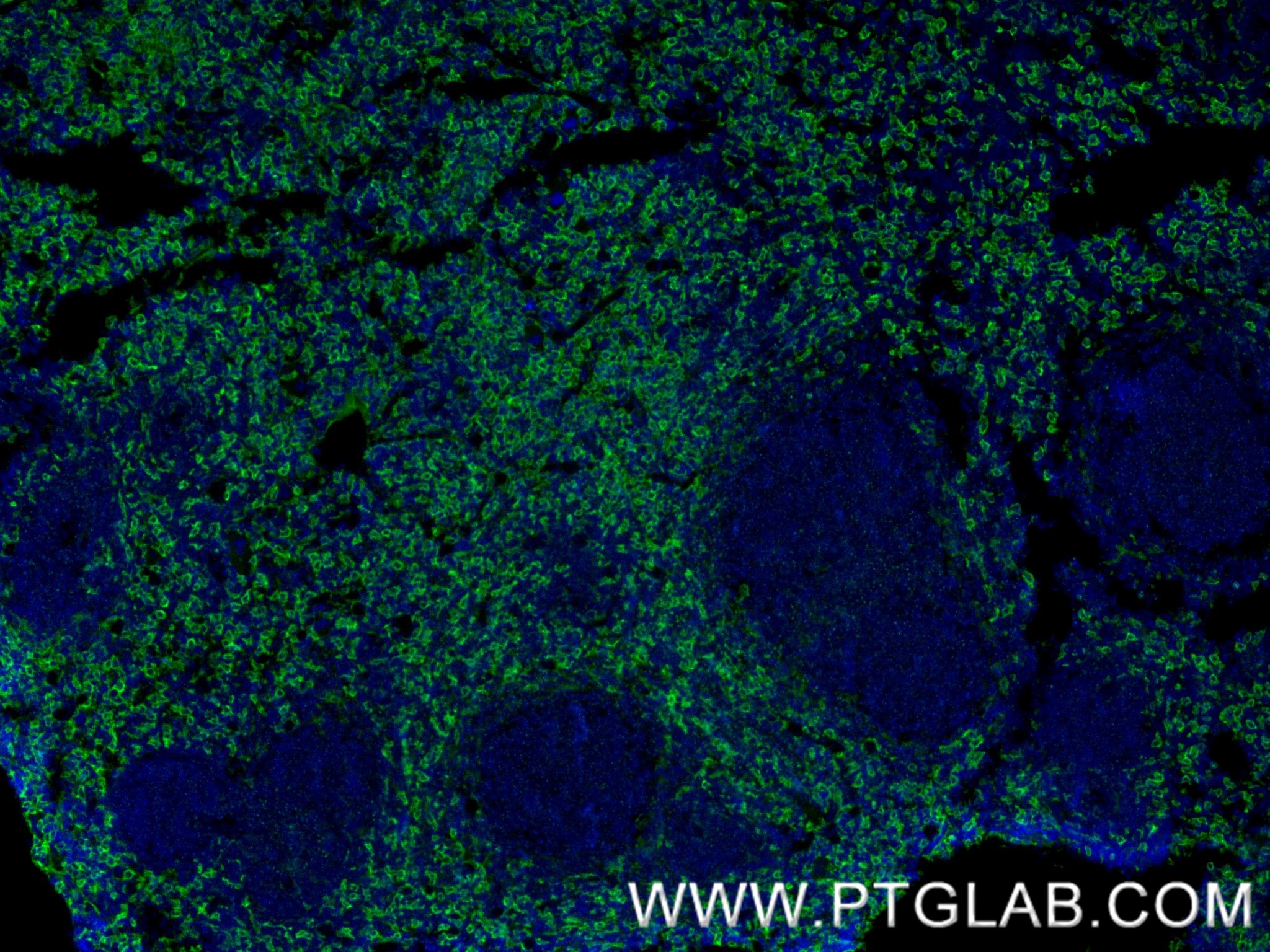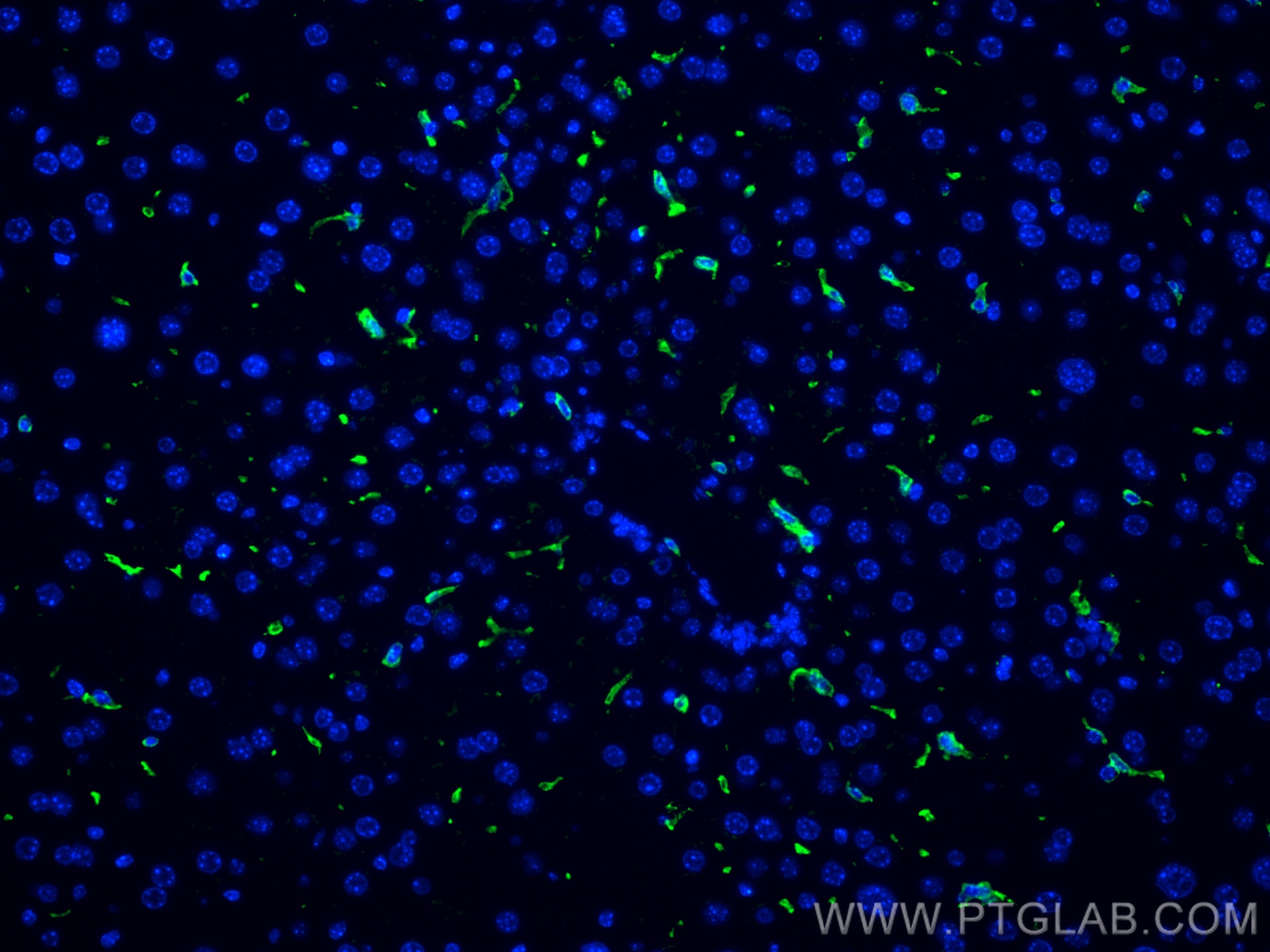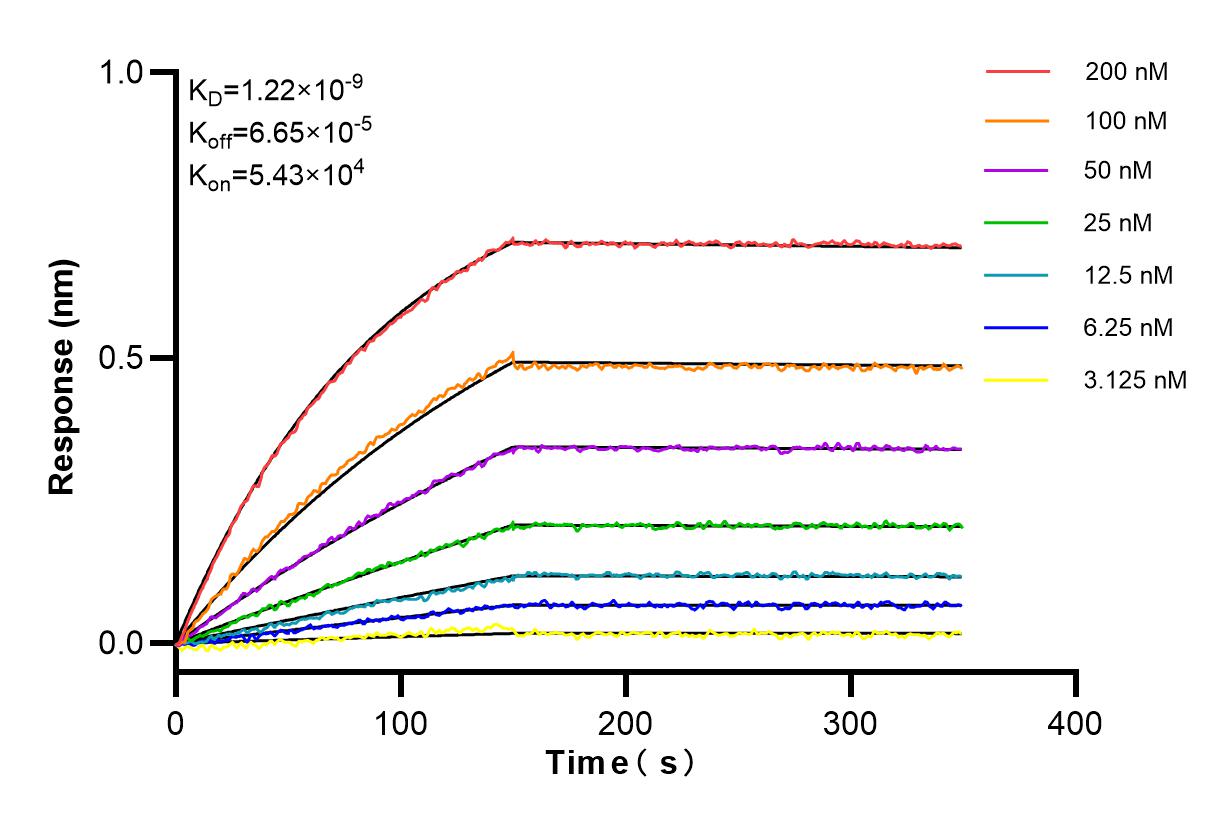Anticorps Recombinant de lapin anti-F4/80
F4/80 Recombinant Antibody for IHC, IF-P, ELISA
Hôte / Isotype
Lapin / IgG
Réactivité testée
souris
Applications
IHC, IF-P, ELISA
Conjugaison
Non conjugué
CloneNo.
241959B6
N° de cat : 84538-1-RR
Synonymes
Galerie de données de validation
Applications testées
| Résultats positifs en IHC | tissu splénique de souris, tissu hépatique de souris il est suggéré de démasquer l'antigène avec un tampon de TE buffer pH 9.0; (*) À défaut, 'le démasquage de l'antigène peut être 'effectué avec un tampon citrate pH 6,0. |
| Résultats positifs en IF-P | tissu splénique de souris, tissu hépatique de souris |
Dilution recommandée
| Application | Dilution |
|---|---|
| Immunohistochimie (IHC) | IHC : 1:2000-1:8000 |
| Immunofluorescence (IF)-P | IF-P : 1:250-1:1000 |
| It is recommended that this reagent should be titrated in each testing system to obtain optimal results. | |
| Sample-dependent, check data in validation data gallery | |
Informations sur le produit
84538-1-RR cible F4/80 dans les applications de IHC, IF-P, ELISA et montre une réactivité avec des échantillons souris
| Réactivité | souris |
| Hôte / Isotype | Lapin / IgG |
| Clonalité | Recombinant |
| Type | Anticorps |
| Immunogène | Protéine recombinante |
| Nom complet | EGF-like module containing, mucin-like, hormone receptor-like sequence 1 |
| Masse moléculaire calculée | 102 kDa |
| Numéro d’acquisition GenBank | NM_010130.4 |
| Symbole du gène | F4/80 |
| Identification du gène (NCBI) | 13733 |
| Conjugaison | Non conjugué |
| Forme | Liquide |
| Méthode de purification | Purification par protéine A |
| Tampon de stockage | PBS with 0.02% sodium azide and 50% glycerol |
| Conditions de stockage | Stocker à -20°C. Stable pendant un an après l'expédition. L'aliquotage n'est pas nécessaire pour le stockage à -20oC Les 20ul contiennent 0,1% de BSA. |
Informations générales
Mouse F4/80, also named as EMR1 and Gpf480, is a 160kd cell surface glycoprotein which is a member of the EGF TM7 family. The F4/80 molecule is solely expressed on the surface of macrophages and serves as a marker for mature macrophage tissues, including Kupffer cells in liver, splenic red pulp macrophages, brain microglia, gut lamina propria and Langerhans cells in the skin. The function of F4/80 is unclear, but it is speculated to be involved in macrophage adhesion events, cell migration or as a G protein-coupled signaling component of macrophages.
Protocole
| Product Specific Protocols | |
|---|---|
| IHC protocol for F4/80 antibody 84538-1-RR | Download protocol |
| IF protocol for F4/80 antibody 84538-1-RR | Download protocol |
| Standard Protocols | |
|---|---|
| Click here to view our Standard Protocols |
